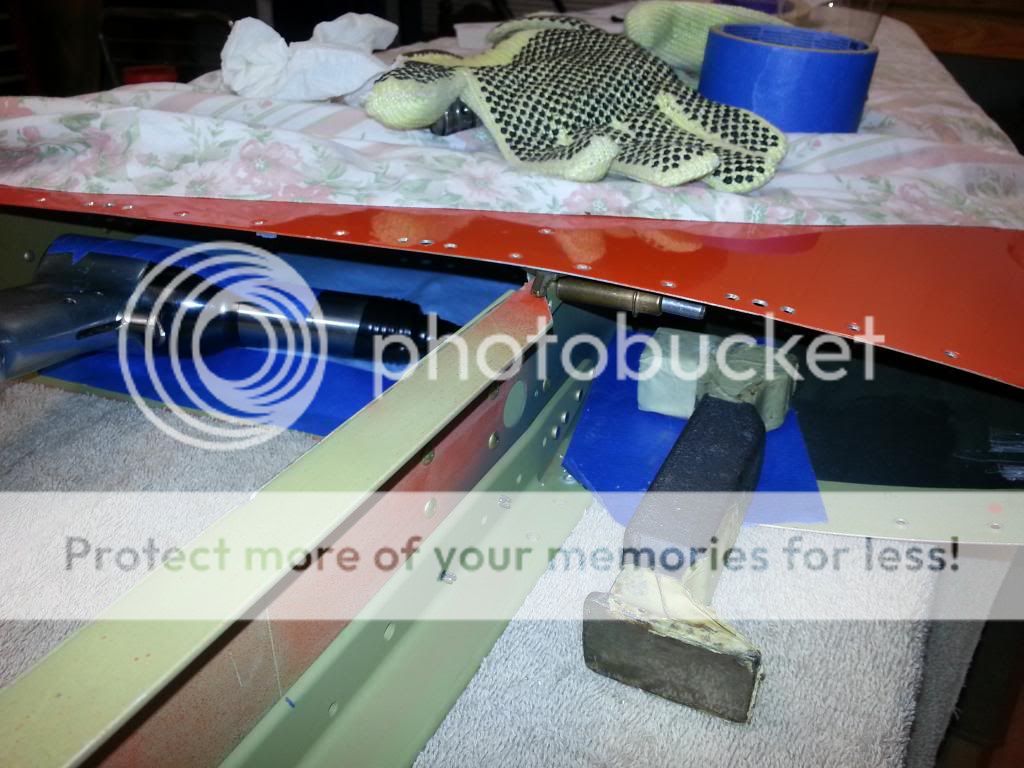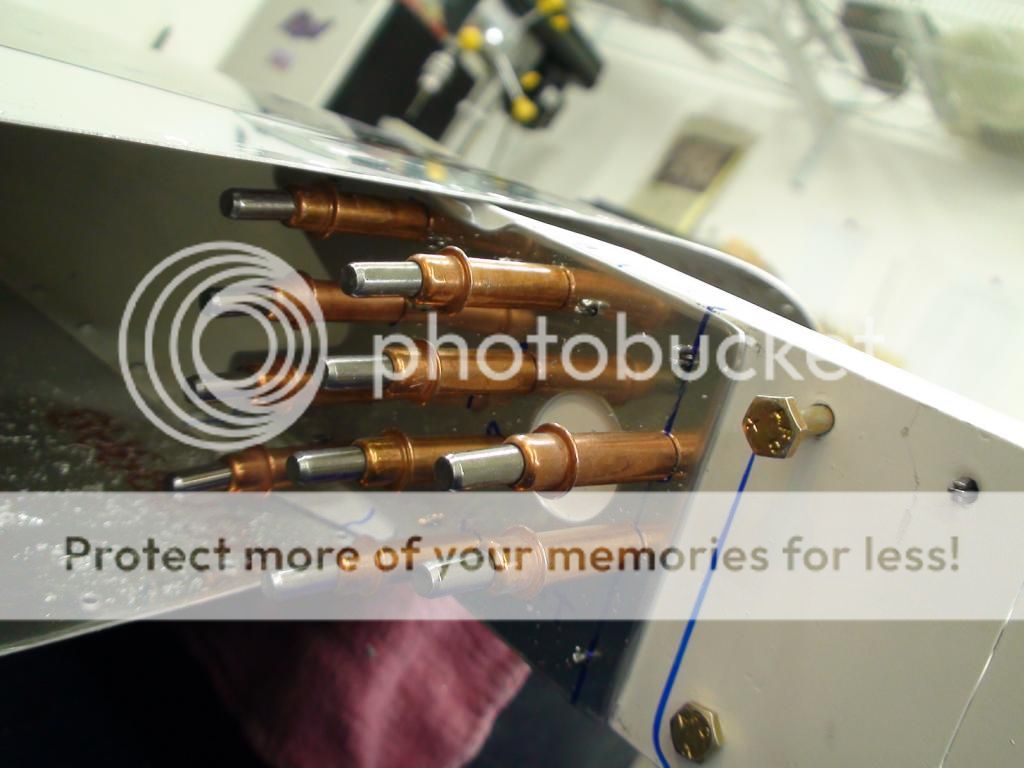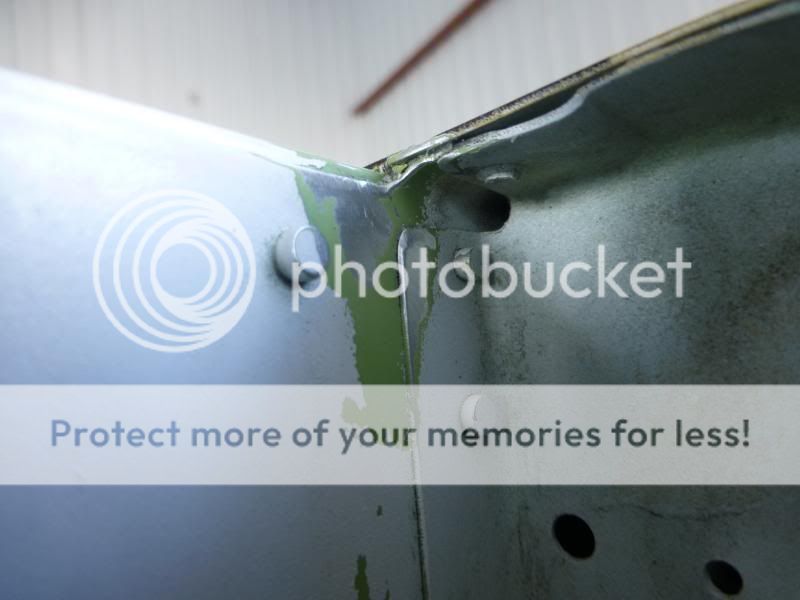jim plaster
Well Known Member
Service bullitens
Just inspected two Aircraft today.....rv6a,685 hours ttaf,io360 200 hp ,hartzell c/s prop. Kit completed in 2001, does have relief radius.....no cracks....airplane #2... Rv8..100 hours ttaf,o320 160 hp, sensenich f/p prop....kit completed 2002..has relief radius...no cracks. Also inspected elevator spars for cracks in hinge areas.....none found on either aircraft.....mild aerobatics of less than 3.5 g on both ships
Just inspected two Aircraft today.....rv6a,685 hours ttaf,io360 200 hp ,hartzell c/s prop. Kit completed in 2001, does have relief radius.....no cracks....airplane #2... Rv8..100 hours ttaf,o320 160 hp, sensenich f/p prop....kit completed 2002..has relief radius...no cracks. Also inspected elevator spars for cracks in hinge areas.....none found on either aircraft.....mild aerobatics of less than 3.5 g on both ships







